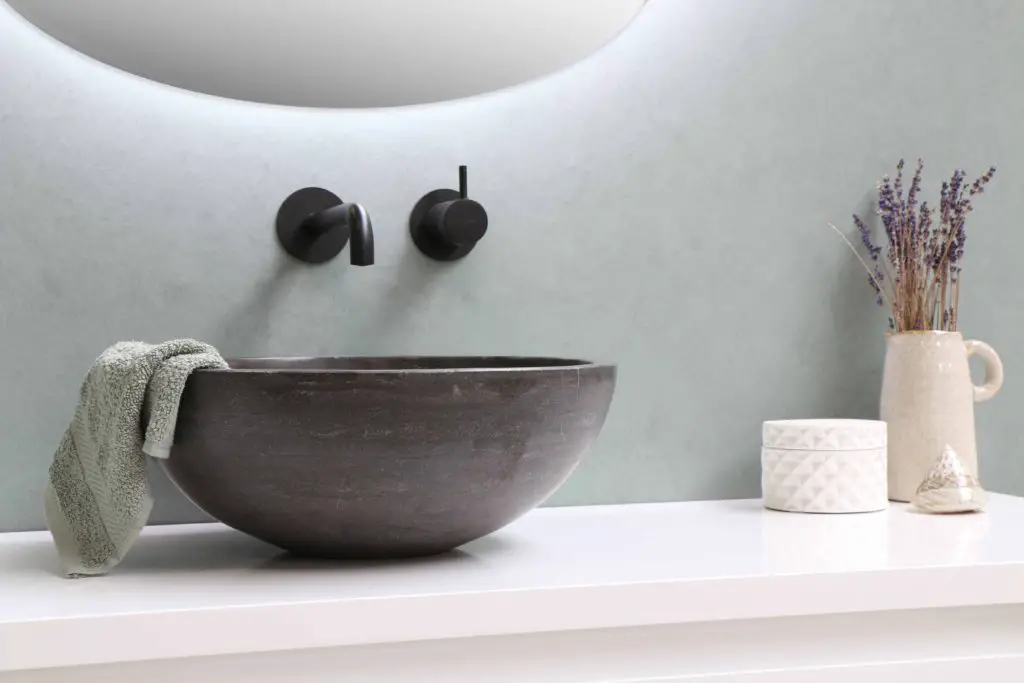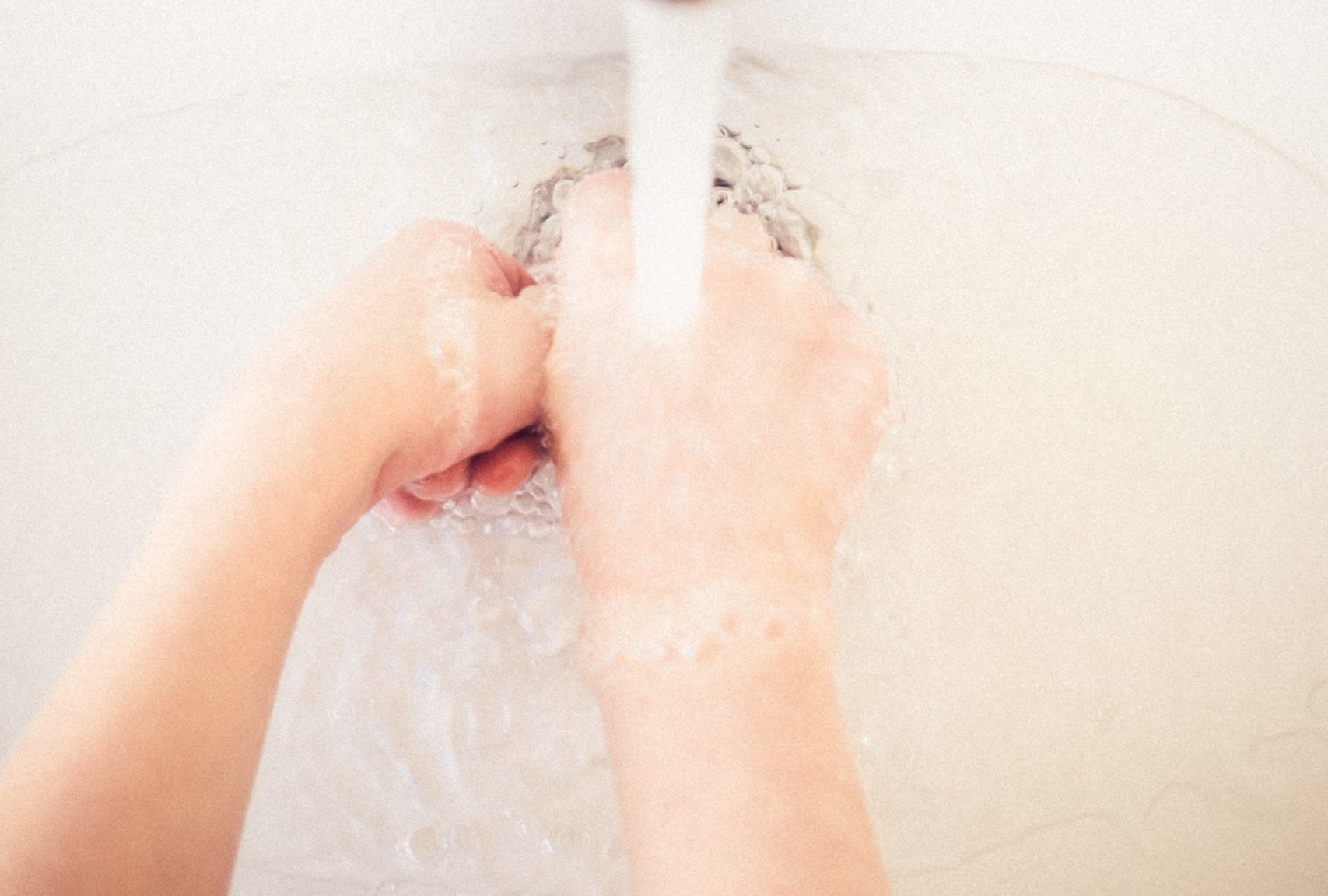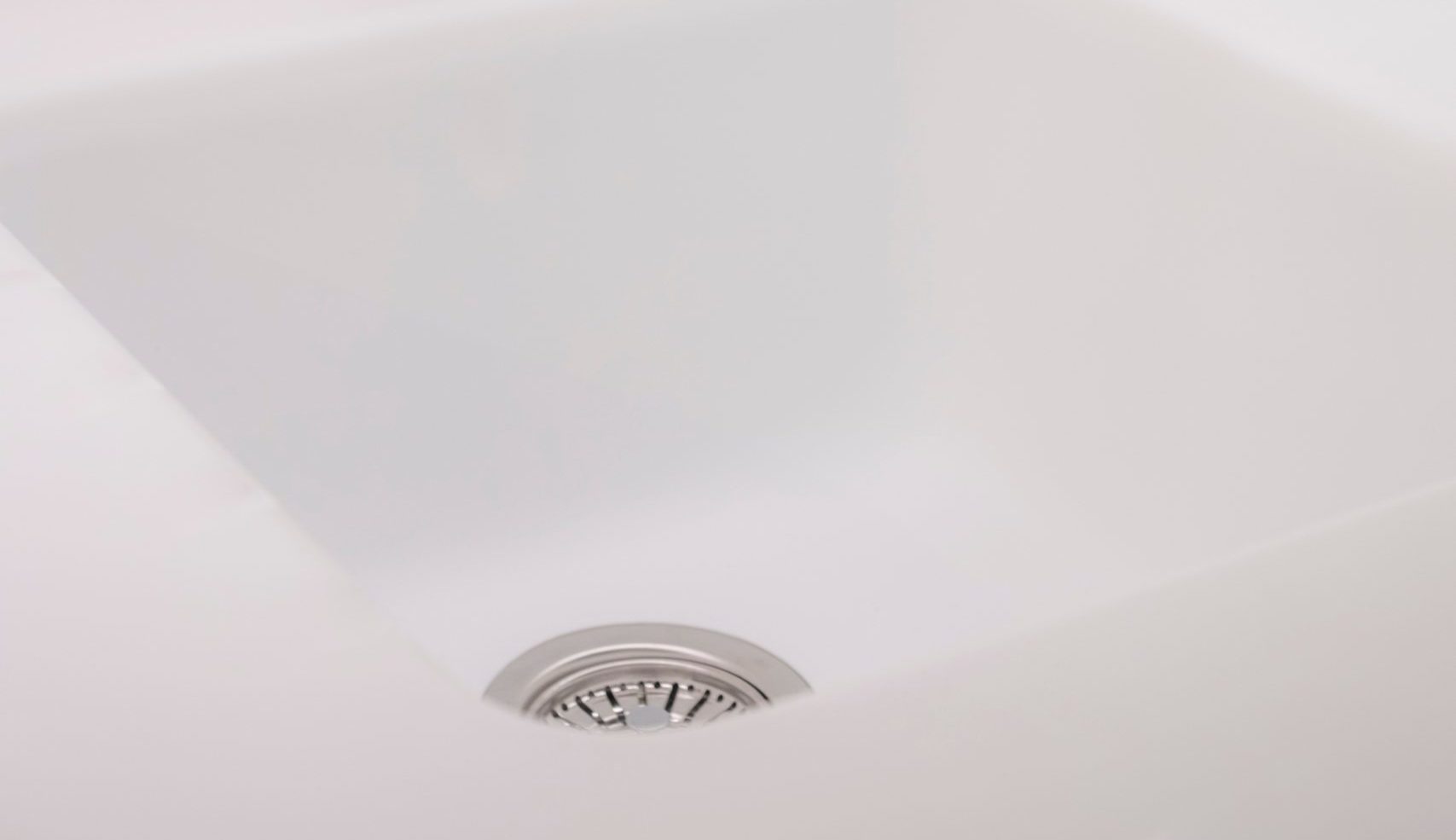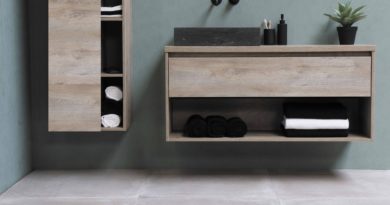What Causes Pink Mold in Bathroom Sink Drain
**Articles may contain links that I earn compensation for if clicked and you make a purchase. As an Amazon Associate, I earn from qualifying purchases. These earnings do not actually impact the price of the product or service.
After a few days of cleaning, you might have seen the light pink stains forming rings around sink basins, shower drain, or bathroom surfaces. You may also find pink mold below shower curtains or any damp areas in your bathroom.
The bacterial colonies appear as light pink stains due to their pigments. Pink mold can cause urinary tract infections in people with weak immune systems and similar issues.
It is all due to a bacteria called Serratia, normally found in the air. The pink mold is caused by colonies of Serratia marcescens, airborne bacteria feeding on phosphates and fatty deposits.
Serratia bacteria seek their food in the form of soap residue, human waste products from the toilet bowl, and humidity. The bacterial colonies can leave unpleasant, stubborn stains that look bad and harmful.
The bacteria is not a health risk in the air, but it can be dangerous when it finds moisture. Moist environments like a sink basin, soap holder, shower curtain, or toilet bowl can help pink mold form rings around these wet surfaces.

Is Serratia Marcescens Dangerous to Humans?
Unlike orange mold and black mold, Serratia marcescens bacteria is not a major health concern. The main reason is that pink mold is not a fungus but a bacteria.
Like most bacteria, Serratia marcescens is not harmful to humans in general. However, pink mold can cause trouble for people with compromised immune systems.
Serratia bacteria is not fatal until it grows on mineral deposits, soap scum, or a wet shower curtain. If the bacteria enter the human body, they can cause wound infections and respiratory and bladder infections. Moreover, pink mold can also cause gastrointestinal and heart issues.
As a result of an outbreak, Serratia marcescens can also cause nosocomial infections in patients.
How Do I Get Rid of Pink Mold in My Sink?
Although Serratia marcescens bacteria is air-born, it can grow in damp areas. The colony of bacteria produces the pink stains on bathroom surfaces. There are different methods to remove pink mold from your bathroom surfaces.
1. Shower Curtain
The easiest way to remove pink mold from affected curtains is to machine wash shower curtains, which is applicable if your curtains are machine washable. You can also use warm water to speed up the whole process.
You can mix dish soap, baking soda, and water in a spray bottle for regular use. Sprinkle the spray on the affected areas and then wash the curtain. For the best results, repeat this gentle wash cycle every two to three months.
2. Sink Basin
 Sink basins are one of those places in the bathroom that are mostly damp with soap scum or humidity. As a result, it is common for pink mold to grow due to the abundance of phosphate from soap scum and shampoos.
Sink basins are one of those places in the bathroom that are mostly damp with soap scum or humidity. As a result, it is common for pink mold to grow due to the abundance of phosphate from soap scum and shampoos.
Thus, you should regularly clean the sinks with chlorine bleach powder to get rid of pink mold. You can also use baking soda or dish soap for this purpose.
Mix equal parts of any above-mentioned household items with drinking water and apply with the help of a scrub brush on affected areas.
3. Walls and Glass Doors
If you want to remove Serratia marcescens from bathroom walls and glass doors, spray on the pink stains with chlorine bleach and rub with the help of a soft bristle brush. Also, you can use baking soda and warm water mixture for the same result.
Spread the cleaning mixture on the soft-bristled brush in a gentle cycle and towel dry the surface. If pink stains do not budge, repeat the process till you get rid of the pink mold.
4. Tile Grout
Pink stains, if not properly cleaned, can look similar to rust stains and put a dent in how your bathroom looks. Thus, you should regularly clean tile grout before it can spread.
For mild stains, you can use dish detergent, white vinegar, or baking soda. However, stubborn stains might require bleach with elbow grease. Then, sprinkle any cleaning ingredients on the floor and let it sit for a few minutes.
Afterward, use a soft-bristled brush to rub and wash the floor. Although white vinegar is a weak acid, we recommend you to use it in a mixture with water.
5. Septic Tank
If you remove chlorine from the water before storing it in septic tanks, you will see pink stains forming inside the walls. Therefore, apply regular chlorine water to remove pink mold from your tank’s inner side.
Moreover, you can use baking soda, vinegar, and dish soap to clean the insides of the storage tank. Avoid using direct bleach in the tank as it can damage the piping line.
6. Toilet Bowl
Serratia bacteria seek organic debris, and a full fecal bowl seems a perfect place for its growth. Thus, if you notice pink stains in the toilet bowl, you can use chlorine bleach powder mixed with water to get rid of it.
Let the mixture stay in the area for some time, and then wash away with warm water. Repeat the process as many times as needed.
How to Prevent Pink Mold From Coming Again
 To prevent bacterial infections, you must ensure that your bathroom does not host bacterial colonies. As Serratia marcescens bacteria feed on organic debris, you can prevent the bacterial infections by proper cleaning.
To prevent bacterial infections, you must ensure that your bathroom does not host bacterial colonies. As Serratia marcescens bacteria feed on organic debris, you can prevent the bacterial infections by proper cleaning.
Do not let any debris accumulate in the bathroom in the form of hair follicles, wood fibers, or dead skin cells. Moreover, do not let soap scum pile up in the shower or bathroom surfaces.
Keep regularly cleaning and drying your bathroom after every shower. You can also look for a leak. For this, remove bathroom carpeting and inspect the plumbing pipes.
If you do not notice a positive change in the pink or black slime, check the water quality in your area. If your area has hard water, it can be a major reason for Serratia marcescens bacteria growth.
Conclusion
Pink mold is caused by bacteria that grow in moisture and feeds on organic scum like in a toilet bowl. Moreover, you can also find pink mold on shower curtains, bathroom floors, shower drains, and other wet surfaces.
The pink slime on your shower walls is mostly due to Serratia marcescens bacteria. So, getting rid of slime mold is essential to avoid urinary tract infections.
It is essential that you get rid of pink stains so you can eliminate possible health concerns. You can get rid of the pink stains by following the cleaning methods mentioned above.
If none of the mentioned ways works for you, you can also seek help from professional cleaners. Once you reach them, ensure to explain in detail how you first noticed the problem.


